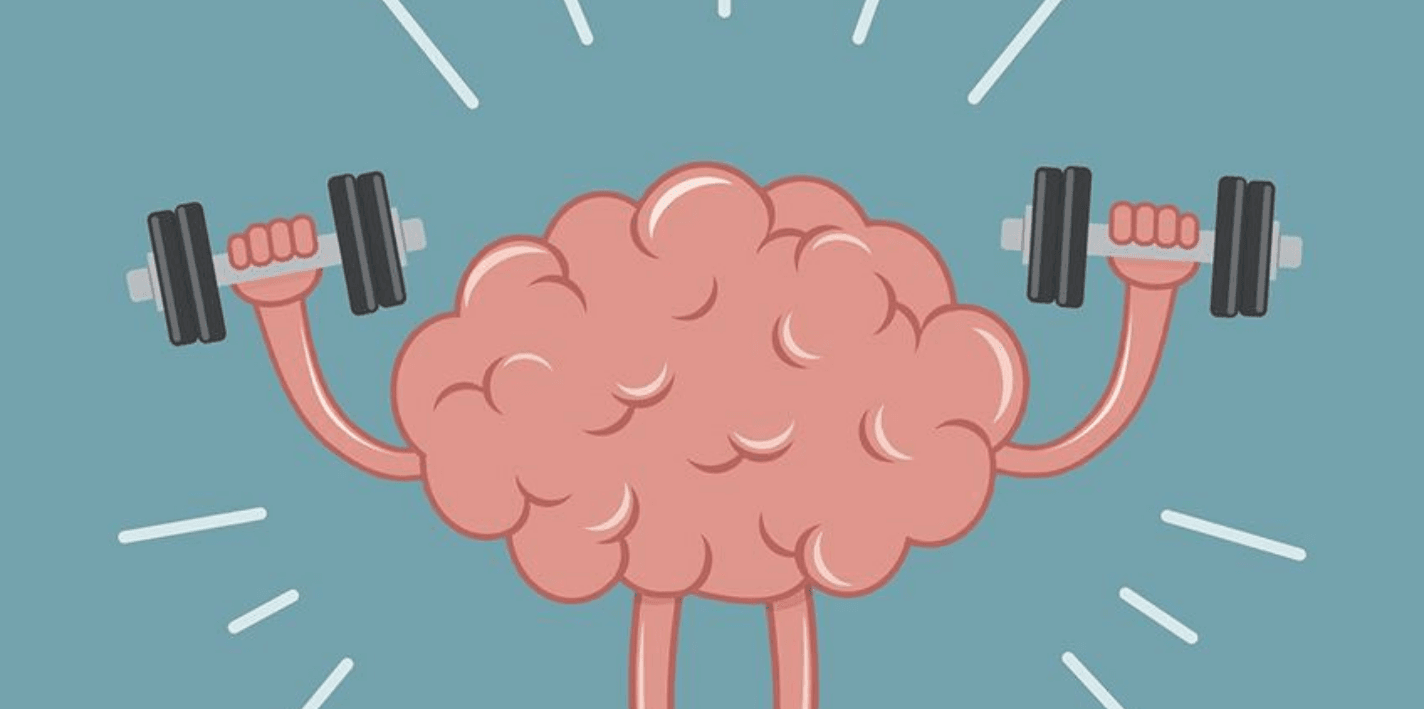
Managing or rather reinforcing ‘Self-Confidence’ at the workplace.
Self-confidence is a powerful trait to have. It’s like having a magnifying glass that makes everything you have ten times better.
The problem is that hacking into a person’s self-confidence is relatively easy. This can quickly be done through positive reinforcement and negative reinforcement. Take an example of an experiment involving two individuals asked to shoot hoops in the popular TV show Brain Games, hosted by Jason Silva. One individual had no experience with basketball, while the other was a pretty good player. The first player got zero baskets out of ten attempts, while the second scored nine out of ten. The players were then blindfolded and asked to try again. An audience was hired to cheer the first player and to pretend she scored even if she was nowhere close. The second player was booed and hailed by ‘oohs’ even though he got a basket. They were then asked to try again after their blindfolds were taken off. Not surprisingly, the first player got four out of ten baskets this time, which was a significant improvement from her prior all-out, while the second player actually only made two baskets. This is a classic example of what is possible if we believe in our abilities compared to the disastrous possibilities of low self-confidence. However, it might not be as simple as saying I can do it, just once. As with everything, self-confidence needs to be ingrained into our brains by repetition and positive reinforcement.
Have you seen a particular team member struggling in a particular cohort while thriving in another? Is this another resource that can balance out the Job demands at play? How does one strengthen this so-called ‘self-confidence’? Does your workplace well-being or learning technology even enable this?
- Industry
- Psychology
- Well-being

The Silent Decline: Why Men Are Losing Testosterone Faster Than Ever
There’s a quiet crisis playing out in men’s health and it has nothing to do with fitness trends or protein shakes. It’s testosterone. And it’s falling fast. Studies show that men today have 20-30% lower testosterone levels than men of the same age two decades ago. That’s not genetics, that’s lifestyle. Every year, the numbers […]

Invisible Emergencies
“Help. Help. Help. I am drowning.” “Maybe we can come back tomorrow to rescue this poor lad… I’m sure they can hang in a little longer…” said no one ever. Because physical injury is visible. The need for repair seems obvious. It’s instinctual to identify a human in crisis — an accident, a burn, a […]

 Workplace Well-being
Workplace Well-being Reinforced Learning
Reinforced Learning Collaboration
Collaboration